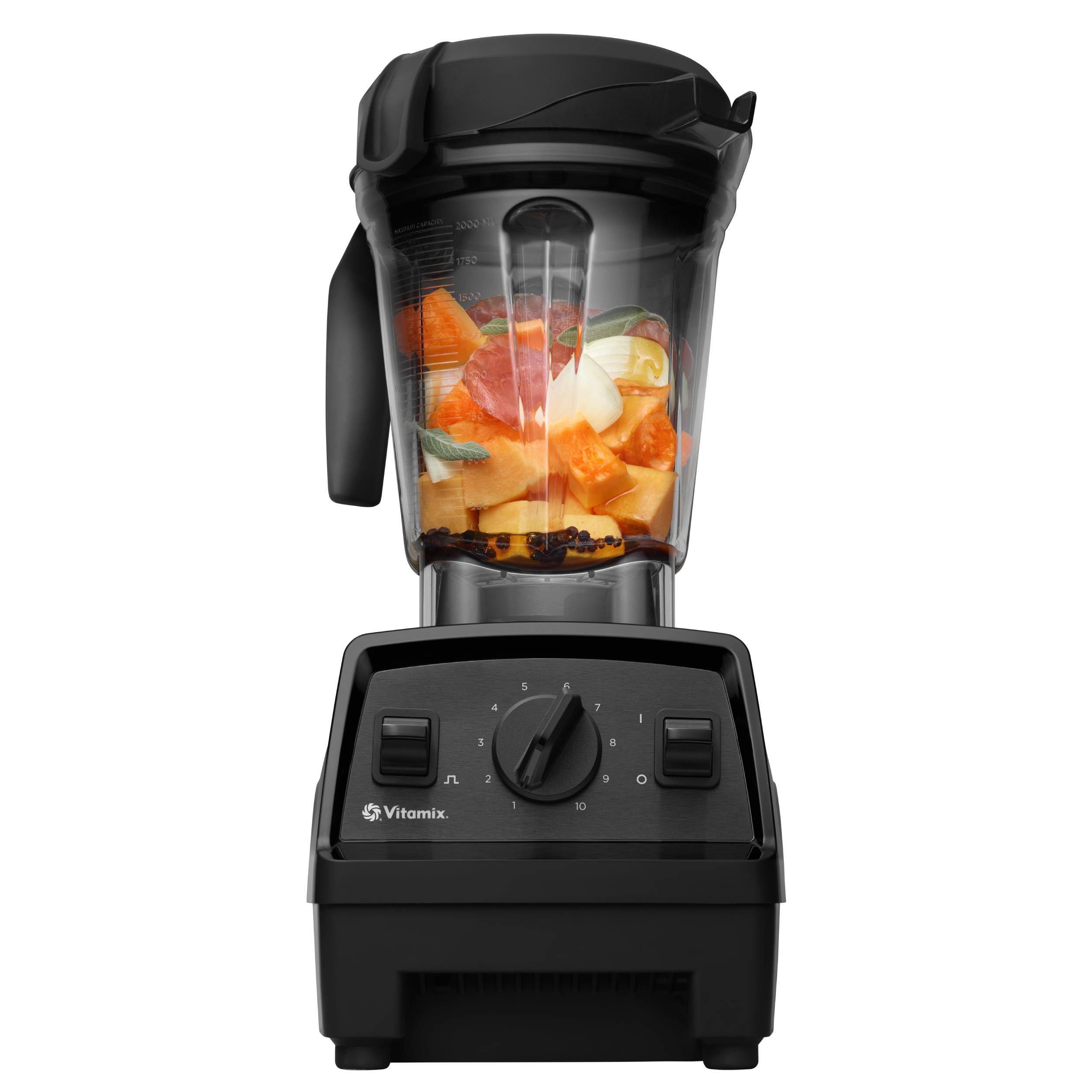Have you ever found yourself in the middle of a power outage, only to realize your Harbor Freight generator won’t start? It’s a frustrating situation many face, especially when you need that backup power the most. Whether you’re prepping for a camping trip or just trying to keep the lights on at home, a stubborn generator can throw a wrench in your plans.
Key Takeaways
- Common Starting Issues: The most frequent reasons for a Harbor Freight generator not starting include old or contaminated fuel, dead batteries, and clogged fuel filters.
- Troubleshooting Steps: Always check the fuel level, inspect battery conditions, clean battery terminals, and examine fuses before identifying deeper issues.
- Maintenance Importance: Regular oil changes and air filter cleaning every 25 to 50 operating hours are vital for optimal performance and longevity of the generator.
- Signs to Seek Help: Persistent starting problems, unusual noises, visible leaks, or electrical malfunctions indicate the need for professional inspection and repair.
- Warranty Awareness: Avoid DIY repairs if your generator is under warranty to prevent voiding coverage; always consult a professional technician for maintenance or repairs.
Common Reasons for Harbor Freight Generator Won’t Start
Harbor Freight generators can face starting issues, often due to common problems. Understanding these reasons helps you troubleshoot effectively.
Fuel Issues
Fuel problems rank high among starting failures. Check these factors:





- Old Fuel: Fuel degrades over time. If it’s older than 30 days, replace it.
- Incorrect Fuel Type: Make sure you use the correct fuel, often listed in the manual. Mixing fuels can lead to starting failures.
- Clogged Fuel Filter: Inspect and replace a clogged filter to ensure proper fuel flow.
- Empty Tank: Ensure the tank has enough fuel. Empty tanks will prevent the generator from starting.
Battery and Electrical Problems
Electrical components often contribute to starting issues. Pay attention to the following:
- Dead Battery: A fully charged battery is essential. If it’s dead, jump-starting or replacing it usually resolves the issue.
- Corroded Connections: Inspect battery terminals for corrosion. Clean them with a solution of baking soda and water to enhance connectivity.
- Faulty Starter Relay: A faulty relay stops the generator from engaging. Test and replace it if necessary.
- Blown Fuses: Check fuses for damage. Replace any blown fuses to restore power to the electrical system.
Addressing these common issues can revitalize your Harbor Freight generator, helping you avoid power challenges.
Troubleshooting Steps
Follow these steps to determine why your Harbor Freight generator won’t start.
Checking the Fuel System
- Verify Fuel Level: Always check the fuel tank. If it’s empty, refill with fresh gasoline.
- Examine Fuel Quality: Use only clean, new fuel. Old or contaminated fuel can cause starting issues.
- Inspect Fuel Lines: Look for cracks or leaks in the fuel lines. Damaged lines can hinder fuel flow.
- Check the Fuel Filter: Replace clogged fuel filters. Blocked filters prevent proper fuel delivery to the engine.
- Clean the Carburetor: Ensure the carburetor is clean. Dirt buildup can obstruct fuel flow and affect starting.
- Test Battery Charge: Start with checking the battery. A dead or weak battery won’t provide enough power to the starter.
- Clean Battery Terminals: Remove corrosion from terminals. Clean, tight connections ensure optimal electrical contact.
- Inspect Battery Condition: Check for any swelling or leakage in the battery. A damaged battery needs replacing.
- Examine Cables: Look for frayed or damaged cables. Replace any cables that show signs of wear.
- Check Fuses: Review the fuse box for blown fuses. Replace any blown fuses to restore power flow.
Addressing these areas can often resolve starting issues with your Harbor Freight generator and get it running again.
Maintenance Tips for Generator Longevity
Maintaining your generator ensures optimal performance and extends its life. Follow these maintenance tips to keep your Harbor Freight generator running smoothly.





Regular Oil Changes
Change the oil every 50 hours of operation or at least once a year. Fresh oil reduces friction and prevents engine wear. Use the manufacturer’s recommended oil type for best results.
- Turn Off the Generator: Ensure it’s cool and not running.
- Drain Old Oil: Use a funnel and oil pan to catch the oil.
- Replace Oil Filter: If applicable, change the filter to prevent dirt and debris from circulating.
- Add Fresh Oil: Fill with new oil to the correct level using the dipstick as a guide.
Cleaning the Air Filter
Clean or replace the air filter every 25 hours of operation. A clean air filter ensures proper airflow, preventing engine strain.
- Remove the Filter: Unscrew or unclip the filter cover and take out the filter.
- Inspect for Damage: Check for tears or excessive dirt.
- Clean or Replace: Wash foam filters with soap and water, then dry. Replace paper filters if they’re too dirty.
- Reinstall the Filter: Secure the filter back in its housing before starting the generator.
Following these maintenance steps keeps your generator in top shape, reducing starting issues and ensuring reliable power when needed.
When to Seek Professional Help
If your Harbor Freight generator still won’t start after checking common issues, seeking professional help becomes essential. Certain signs indicate that a technician’s expertise is necessary.
Persistent Starting Problems
If your generator repeatedly fails to start despite following troubleshooting steps, it’s time to consult a professional. Continual starting issues often point to deeper mechanical problems or internal damage.





Unusual Noises
If your generator emits strange noises when attempting to start, professional inspection is advisable. Sounds like clinking, grinding, or sputtering could indicate serious internal issues that require expert repairs.
Leaks or Fluid Accumulation
If you notice fuel or oil leaks around the generator, don’t ignore them. Leaks can lead to unsafe operating conditions and may necessitate professional maintenance to ensure safety and functionality.
Electrical Issues
If the electrical system shows signs of malfunction, call a technician. Problems like flickering power, persistent blown fuses, or issues with circuits indicate deeper electrical faults that require specialized knowledge.
Warranty Considerations
If your generator is still under warranty, avoid DIY repairs. Unauthorized attempts at fixing issues can void the warranty. Professional technicians can ensure that repairs comply with warranty terms and protect your investment.
Lack of Technical Knowledge
If you’re unsure about troubleshooting or repairs, consulting a professional is a wise choice. Professional technicians possess the expertise to diagnose issues accurately and perform repairs safely.
Regularly monitoring your generator’s performance can help identify these signs early. By acting promptly, you can prevent further damage and ensure your generator operates efficiently when needed.
Conclusion
Dealing with a Harbor Freight generator that won’t start can be frustrating but you’re not alone in this. By taking the time to troubleshoot common issues like fuel quality and battery problems you can often get your generator back in working order. Regular maintenance is key to preventing future hiccups and ensuring your generator is ready when you need it most.
If you’ve tried everything and it still won’t start consider reaching out to a professional. They can help diagnose the problem safely and effectively. Keeping an eye on your generator’s performance will help you catch any issues early and keep your power flowing smoothly.
Frequently Asked Questions
Why won’t my Harbor Freight generator start during a power outage?
A Harbor Freight generator may not start due to various issues, including old or incorrect fuel, clogged fuel filters, dead batteries, corroded connections, or blown fuses. Identifying these common problems can help troubleshoot the situation effectively.
How can I troubleshoot my generator’s starting issues?
To troubleshoot, check the fuel level and quality, inspect the fuel lines, and clean or replace the fuel filters and carburetor. Next, assess the battery by testing its charge and cleaning terminals. Ensure cables are intact and check for any blown fuses.
What maintenance does my generator need for optimal performance?
Regular maintenance is crucial for your generator. Change the oil every 50 hours of use or annually, and clean or replace the air filter every 25 hours. Following these steps helps prevent starting issues and ensures reliable operation.
When should I seek professional help for my generator?
Consult a professional if your generator has persistent starting problems, unusual startup noises, fuel or oil leaks, or electrical issues. Avoid DIY repairs if under warranty, as unauthorized fixes can void it. Professionals can safely diagnose and repair your generator.
How can I prevent starting issues with my generator?
Prevent starting issues by performing regular maintenance, including checking fuel quality, keeping batteries charged, and inspecting connections. Monitoring your generator’s performance can help catch potential problems early before they escalate.

Hey, I’m Jake. I focus on cooling systems at Appliance Mastery, like fridges, freezers, and air conditioners.
I’ve worked in appliance repair for more than ten years and I’m certified through NASTeC. I’ve seen just about every fridge issue you can imagine.
My goal is to help you fix problems without stress. Whether it’s a freezer that won’t cool or an AC that keeps beeping, I’m here to walk you through it.
